Child marriage continues to be a problem in several countries across Eastern Europe and Central Asia. However, the reasons behind its prevalence vary from country to country and between the many communities that make up each country.
One of the population groups in which the practice of child marriage has persisted is the Roma population.
The Roma population of Europe is made up of a variety of communities ranging from those that are more steadfastly traditional and patriarchal, to those that have become more modernized, and this variation also affects the practice of child marriage.
In the case of the former, early marriage has essentially continued in the same vein that it has for years; arranged marriage between the parents of both spouses and marriage at a young age to prevent the girl from being ‘spoiled,’ or losing her virginity, before she is married. For women and girls in Roma communities, virginity denotes honour, and is necessary to arrive at the position of wife, which is the predetermined life path of most Roma women.
In the more modernized Roma communities, however, early marriage has begun to take a new guise. Teodora Krumova of the Bulgarian NGO for Roma rights, Amalipe, spoke to SpeakActChange about the way in which early marriage is now being instigated by young people as opposed to their parents.

This is in large part due to the fact that Roma societal mores do not allow for dating between teenagers. As Tedora said ‘if you go for a coffee with someone, already it is seen as something by the community.’ This can be problematic when adolescents fall in love and, as is the case for teenagers the world over, begin to think that this love will last forever. The difference however, is that, unlike other young people, Roma youth are not allowed to date, or explore other options to see if this love really is ‘forever’. Instead, many of them elope, leaving their communities for one night and returning the next day with a bloodstained sheet to symbolise the fact that the girl’s virginity has been lost and the marriage has therefore commenced. Following the couple’s return, there is a formal ceremony within the community (not a civic ceremony), and the marriage is thereby sealed in the eyes of the people.
However, according to Teodora, these marriages tend not to last longer than a year, and when the relationship breaks down, the girl is left with few places to turn to. Within her community, the girl is humiliated and stigmatized, shunned by her friends, peers and even her family. She may consider seeking a second husband, but prospects are often limited to men who have already been married and who effectively need a new wife to care for the children from their previous marriage. The situation is exacerbated further by the fact that many of these girls have left school early in order to get married and so, they are left without education or qualification and limited job prospects.
‘For different reasons, more than half of these early marriages break after half a year, and after they break the girl turns back to her parents, but to her community – she is already spoiled.’
Teodora Krumova, Founder of Amalipe
This cycle of early marriage – early marriage dissolution can have devastating consequences. Many of these girls attempt to escape the hostility of their circumstances by moving to a country where they can build a new life for themselves and forget about their pasts. However, they can be vulnerable to sex trafficking, when they are lured in by traffickers’ promises of a new job and a new life, realising too late that the job is, in fact, forced sex work. The girls that are trafficked often find it even harder to return to their communities as they may be ashamed of what has happened to them.

However, according to Teodora, huge progress has been made to counteract the prevalence of early marriage in Roma communities and she predicts that soon, the tradition will have died out completely.
This is largely due to the efforts of Roma individuals and organisations, such as Amalipe, which work to empower women and girls and to support female role models within Roma communities so that they can show what Roma women can achieve beyond the bounds of marriage when they are equipped with an education. Indeed, most people who work on the rights of Roma insist that role models are fundamental to challenge the cycle of discrimination and social exclusion which often characterises Roma communities, where Roma women’s everyday lived experiences are shot through with widespread anti-Gypsyism, prejudice and marginalization.
As Teodora put it, ‘if you are told that you are worthless for long enough, you will start to believe it.’ In other words, societal prejudice toward Roma people is internalized by the Roma themselves and since they have few role models who can or will stand up to these prejudices, they perceive this bias and intolerance as the norm. This is worsened by the fact that Roma women (and indeed men) who become well-educated often choose to mask their ethnicity once they have achieved success, as they know this will make their lives easier and discrimination-free. At the same time, however, this leaves young Roma people bereft of role models to whom they can aspire.
Teodora also recounted the story of an Amalipe intervention, when the organisation showed a video depicting the successes of various Roma medical students to the mothers of a group of girls from one of the most marginalised Roma communities. Having watched the video, the women’s first response was to say ‘They can’t be Roma people, Roma people are not medical students,’ and it took time before they could be convinced that Roma individuals can achieve such a thing as a place at medical school. The idea of this intervention was to motivate these women to encourage their daughters to study and get an education, and after the screening, nearly all of the women were inspired to want more for their daughters than marriage and family life alone.

Stories such as these demonstrate the impact of societal prejudice on Roma practices and ways of life. In the case of early marriage, the fact is that Roma women often turn to marriage, simply because they don’t see any other options for themselves. Early marriage is not therefore an intrinsic element of Roma culture, but is a practice sustained by widespread societal discrimination towards Roma people, making it difficult for Roma individuals to see what kind of lifestyles might be available to them beyond those dictated by tradition.
In the words of Farida Shaheed, the First Independent Expert and Special Rapporteur (SR) in the Field of Cultural Rights, ‘women must not be obliged to choose between their human rights on the one hand and their religion or cultural affiliations on the other.’[1] For many non-Roma people, who see early marriage, lack of education for women, and a litany of other patriarchal practices as the definitive attributes of Roma culture, human rights are incompatible with this culture. However, Roma culture is a lot richer and more multifaceted than the negative traditions with which it is often associated, and it can exist without the endurance of these harmful practices.
It is about adopting a zero tolerance towards ‘culture blaming,’ which legitimizes sexist behaviours by defending them as part of the cultural fabric of certain communities, as it should never come down to a choice between culture and human rights, but about finding a way to protect both. In a word, women should be allowed to be proud of their cultures without tolerating the aspects within these cultures that keeps them systematically oppressed. When more Roma women become empowered, they will be able to valorise the positive aspects of their culture, and leave those aspects which are prejudicial to their health, autonomy and human rights, in the past.

Get inspired:
- One important means of addressing the discrimination and marginalization faced by Roma communities is to raise awareness about the positive aspects of Roma culture. This has been done by Amalipe in their intercultural education programme which seeks to introduce lessons on Roma folklore and culture to schools in Bulgaria. This is done by providing technical supports for schools to prepare and implement these projects and by training teachers to teach these lessons. The lessons have been proven to increase the motivation of Roma children at school.
- The prevention of child marriage and the encouragement of education are inextricably linked. With this in mind, some programmes seek to encourage Roma parental involvement in the school community which means that parents and teachers can develop relationships and teachers can speak to parents about the consequences of early marriage, or encourage parents to support their children to finish school if their are married at a young age. The Amalipe ‘schools for parents’ programme supports schools to work with Roma parents to ‘develop positive parenting skills and raise their awareness of the risks and consequences of early marriage.’
- Role models are an essential means to encourage Roma girls to finish school and to avoid child marriage. The NGO, Arete Youth hold girl camps to give Roma girls the opportunity to engage with role models, and get inspired by motivational workshops where they can learn about the opportunities that are available to them with an education.
Advocacy Entry Points:
‘In 2011 the European Commission adopted an EU Framework for National Roma Integration Strategies focussing on four key areas: education, employment, healthcare and housing…. The Framework invited all Member States to present the European Commission with their strategy for Roma inclusion or for specific policy measures for the Roma within their wider social inclusion policies…. National contact points have been set up in each country for Roma integration strategies.’
Do some research to see if your country has set up a strategy for Roma inclusion and find out about the monitoring mechanisms that have been established to monitor the progress of this strategy, the monitoring mechanisms may be a good entry point for your engagement. If your country has not set up a strategy, pushing for one might be the focus of your advocacy. – Assess which organisations you might collaborate with to advocate for the need of a Roma inclusion strategy. You might consider presenting your case at governmental-civil society consultation meetings, roundtable discussions, meetings with local government officials or letters / emails to political representatives. Remember – you must always be armed with the facts before you begin to advocate.
- You might also consider developing a social media campaign to raise awareness on Roma rights and mobilize support for your advocacy on the issue.
- Roma voices are often marginalised and excluded from advocacy initiatives on issues that greatly affect Roma communities. If you are organising a conference, a campaign, or engaging in a task force in any SRHR issue, think about how you might involve representatives from Roma communities in these initiatives.
Find out more:
- Check out this UNFPA video on early childbirth in Roma communities: https://www.youtube.com/watch?v=xP2742zysQw&feature=youtu.be


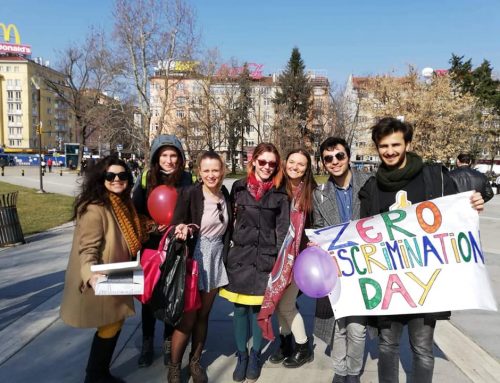





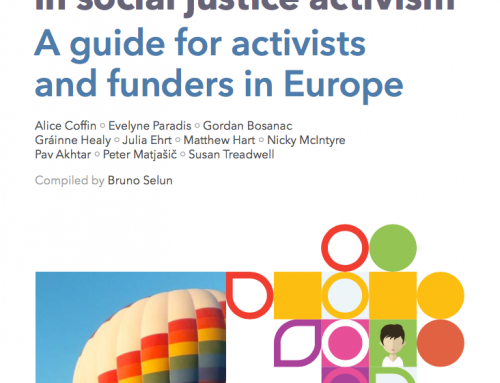
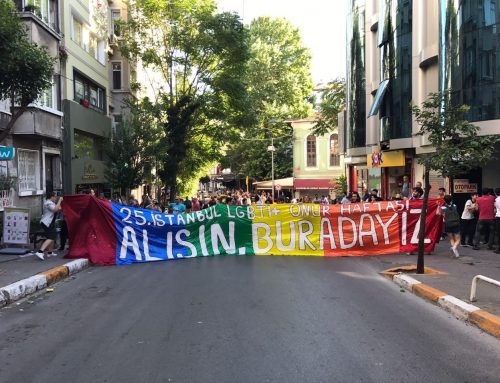








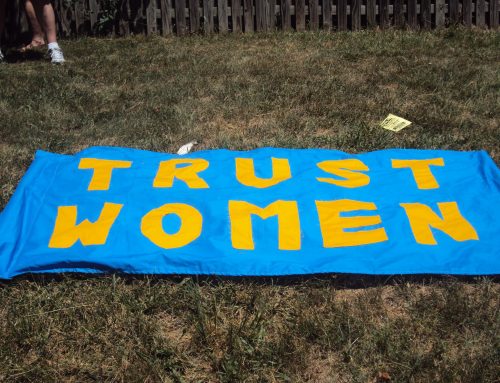

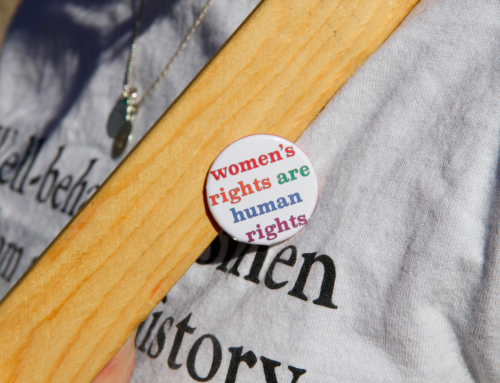


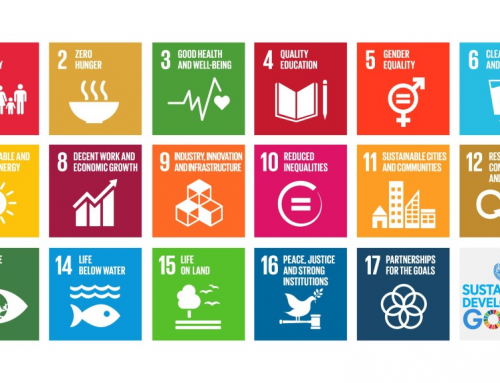

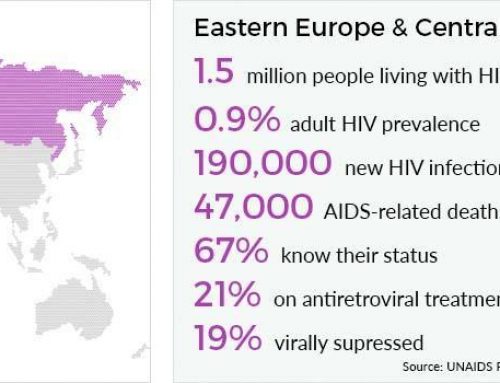


Leave A Comment
You must be logged in to post a comment.